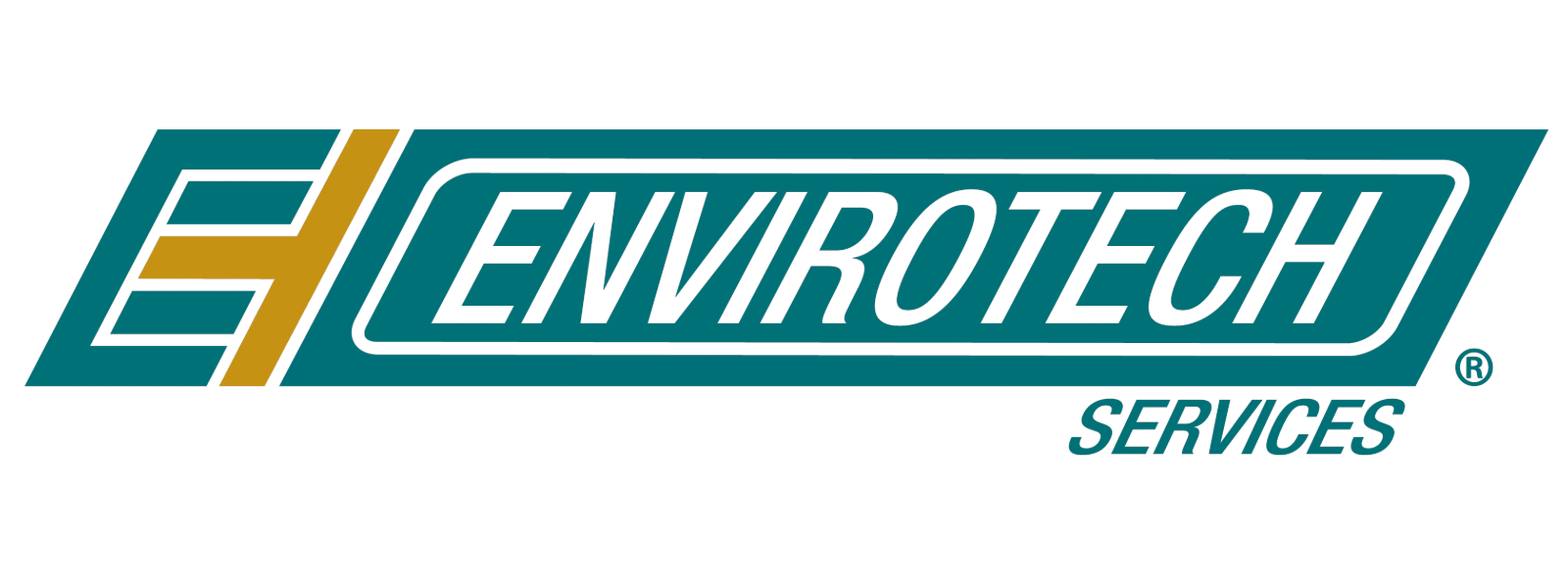
According to the Federal Highway Administration, there are over 1,300 deaths and more than 116,800 injuries caused by vehicle crashes on snowy, slushy or icy pavements across the nation each year. Road surface condition is the single most important safety factor during a winter event — more important than visibility, precipitation, air temperature, wind or exposure. According to a recent Marquette University study, returning a snow- and ice-covered road to bare pavement reduces crash frequency by 88.3 percent and cuts the average cost of each crash by 10 percent. The statistics demonstrate the importance of minimizing the amount of snow and ice on our nation’s roads and highways in order to protect our communities and loved ones.
Traditionally/Historically, state DOT’s and city and county public works departments managed snow and ice through a reactive winter maintenance program known as “Deicing”. Deicing is a reactive operation in which a deicer material (typically a solid salt or complex chloride such as Ice Slicer® or an enhanced liquid like Meltdown Apex®) is applied to the top of an accumulation of snow, ice, or frost that is already bonded to the pavement surface. In the past, agencies would wait until a certain amount of snow had fallen and accumulated before dispatching snow removal equipment. By the time the snow removal equipment began removing the snow and ice from the roadway, traffic had compacted much of the snow and it had bonded to the pavement. Once snow and ice has adhered to the pavement it becomes very difficult to remove mechanically. Chemicals can be used to break that bond and then the snow and ice can then be removed mechanically. However, because the chemical must burn its way through the accumulated snowpack before it can break the bound, studies have shown that it takes 4 times more chemical to break the bond rather than to prevent the bond.

“Anti-icing” involves applying a layer of chemical freezing-point-depressant materials (such as Meltdown Inhibited®, Calcium Chloride with Boost®, Apex®, Apex-C®, Ice Slicer ®, or salt brine with AMP® or Boost®) to the pavement before a storm to prevent snow and ice from bonding to the pavement making mechanical removal more efficient and effective. Anti-icing is a proactive approach that should be the first step in a series of strategies for most winter storms. Anti-icing is often the most cost-effective and environmentally safe practice in most winter road maintenance situations. Anti-icing requires about one-fourth the material required for deicing at only about 10 percent of the cost, making it the least expensive option for improving traffic safety. Anti-icing is effective and cost-efficient when used correctly and approached with realistic expectations. Like butter in a pan when frying an egg, anti-icing is meant to prevent ice from bonding to the pavement.

Anti-icing is often extremely effective for combating heavy frosts. Anti-icing prior to forecasted frost events helps to eliminate or minimize frost formation. Under certain conditions, one anti-icing treatment has proven effective for multiple days and over weekends, and can sometimes treat two frost events. Anti-icing works best when combined with accurate road weather information.
EnviroTech Services, Inc. has the products and programs to assist with both anti-icing and deicing. If you would like to learn more about what deicing and anti-icing programs would be best for you, visit the EnviroTech Services, Inc. website or speak with a representative at 800-369-3878.

